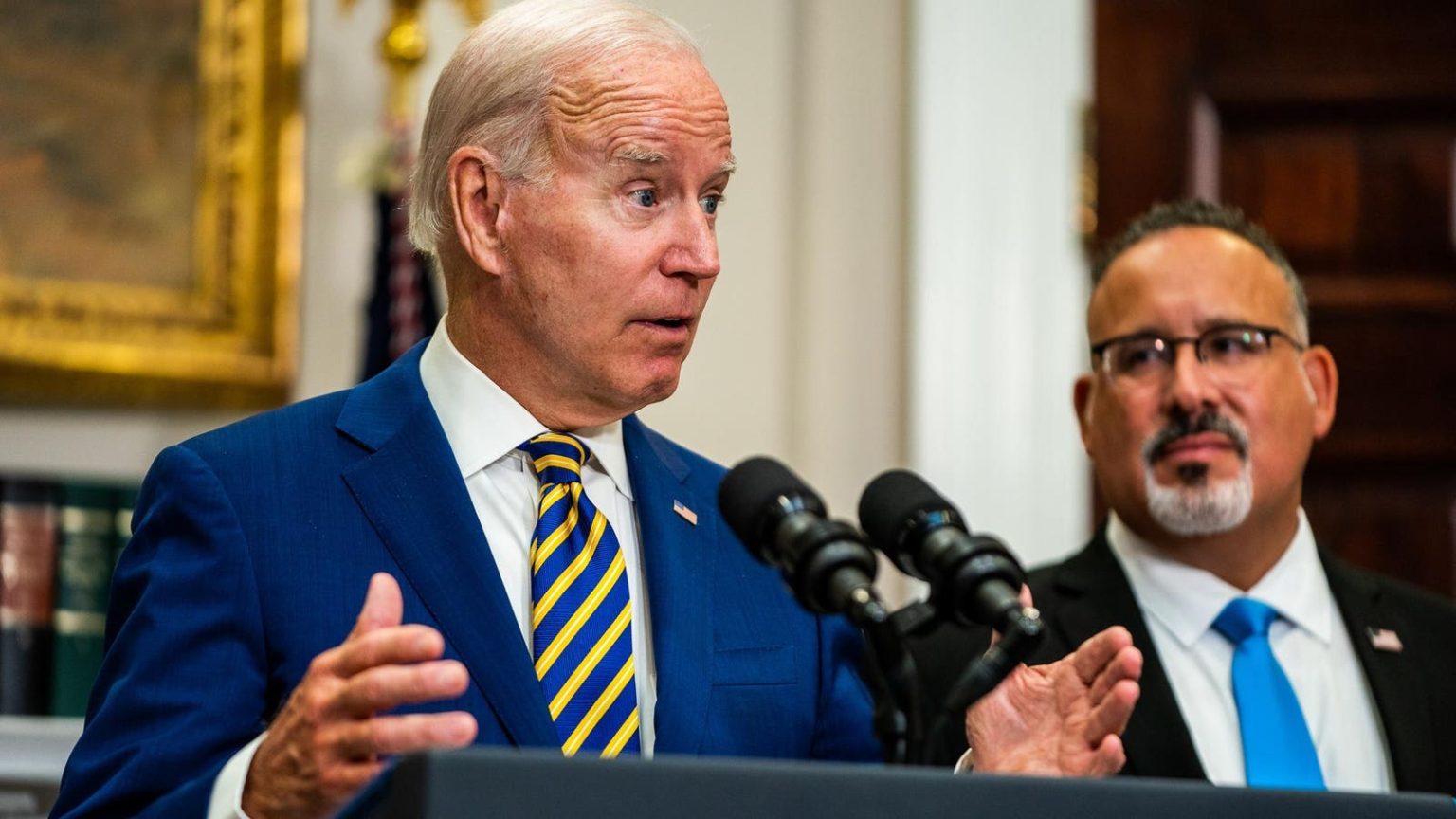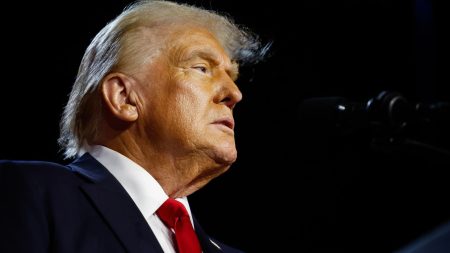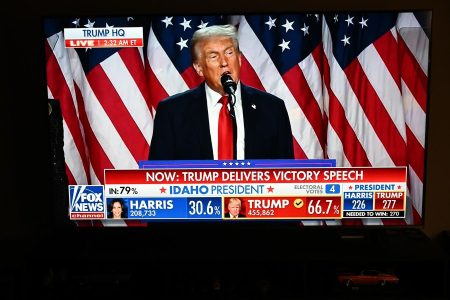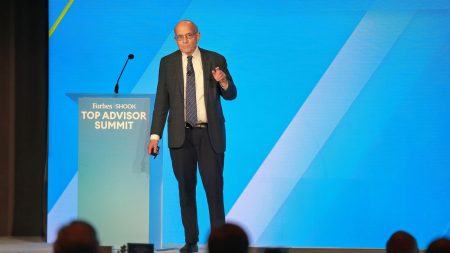Several key student loan forgiveness dates are approaching over the next several months. The Biden administration has changed or extended deadlines for critical debt relief programs, including as recently as this month. These changes give borrowers more time to seek relief under key initiatives, but also can lead to confusion as the landscape seems to be constantly shifting.
Meanwhile, the Education Department is preparing to roll out a new student loan forgiveness plan later this year. The administration completed a key step earlier this month, and borrowers could start receiving relief soon — if the program actually gets implemented.
Here are the key dates student loan borrowers need to know about.
Consolidation Deadline For Student Loan Forgiveness Under Account Adjustment Extended To June 30
Earlier this month, the Biden administration announced it is extending a critical deadline associated with the IDR Account Adjustment. This temporary initiative was established to address problems with income-driven repayment plans. Typically, IDR plans can result in student loan forgiveness after 20 or 25 years in repayment. But administrative, servicing, and oversight issues caused many borrowers to lose progress toward loan forgiveness, while their balances often ballooned due to interest-capitalizing forbearances.
Under the IDR Account Adjustment, the Education Department will count prior loan periods toward a borrower’s IDR loan forgiveness term that may not have counted before, such as past periods of non-IDR repayment as well as certain forbearance or deferment periods. These periods could also count toward Public Service Loan Forgiveness, as well. PSLF can shorten the timeframe for student loan forgiveness to as little as 10 years for borrowers who pursue careers in the nonprofit or public sectors.
Certain borrowers who have federal student loans not directly administered by the Education Department — such as borrowers with HEAL loans, Perkins loans, or privately-owned FFEL loans — must consolidate those loans through the federal Direct consolidation program. Direct loan consolidation would effectively convert those loans into a government-owned student loan, making it eligible for the benefits of the IDR Account Adjustment. The deadline to apply to consolidate had been April 30. But a few days after that, the Biden administration extended this deadline to June 30. So borrowers who missed the boat now have a few extra weeks to apply.
Student Loan Forgiveness Processing Under PSLF Will Resume In July
The PSLF program is currently suspended as the Education Department transitions to a long-planned new PSLF servicing platform.
For several years, the PSLF program was administered by MOHELA, one of the Education Department’s contracted loan servicers. But the department wants borrowers to be able to access PSLF information without having to transfer servicers. To that end, the department started moving PSLF data from MOHELA to StudentAid.gov earlier this month. Most borrowers will keep MOHELA as their loan servicer, but their PSLF information (such as qualifying payment counts and employment summaries) will eventually be accessible through StudentAid.gov, rather than through their online MOHELA account.
During the transition, borrowers have lost access to their PSLF data. In addition, the department is not processing any PSLF employment certifications, and is unable to approve student loan forgiveness under the program. Borrowers can continue to submit PSLF forms, but they will not be reviewed until the transition is completed.
After July 1, the department will resume processing PSLF employment certifications and loan forgiveness requests, and borrowers should be able to access their PSLF data. However, advocates are concerned about anticipated processing delays associated with backlogs, and potential problems if PSLF data is lost or corrupted during the transition.
Student Loan Payments May Drop In July Under Biden’s SAVE Plan
More than eight million borrowers have now enrolled in SAVE, President Biden’s new income-driven repayment plan that officials have billed as the most affordable plan ever created. SAVE has replaced the older Revised Pay As You Earn plan, and is designed to be more affordable than other IDR plans such as Income-Based Repayment. All IDR plans, including SAVE, can result in eventual student loan forgiveness (typically after 20 or 25 years).
SAVE has several beneficial features, including a larger income exclusion based on a relatively higher percentage of the federal poverty limit. SAVE also has a significant interest subsidy that will prevent future balance increases by cancelling accrued interest that exceeds a borrower’s monthly payment. And SAVE has an accelerated student loan forgiveness provision for borrowers who took out small amounts of debt.
But starting on July 1, a new formula under SAVE will go into effect, which may result in even lower payments for millions of borrowers. For those who have only undergraduate student loans, the new formula will result in monthly payments being reduced by 50 percent — a significant reduction. Borrowers with a mix of graduate student loans and undergraduate student loans will also see a reduction, but the exact amount of the reduction will depend on the weighted average of their undergraduate and graduate school loans. Those who have only graduate school loans will see no changes to their payments under SAVE.
PAYE and ICR Enrollments End On July 1, Which May Matter For Student Loan Forgiveness
As part of the final steps of implementing the new SAVE plan, the Education Department will also be ending most new enrollments in two older IDR plans — Pay As You Earn (known as PAYE) and Income-Contingent Repayment (known as ICR). The cutoff date is July 1.
For most borrowers, this won’t matter. That’s because SAVE is designed to be much more affordable than other IDR plans, including PAYE and ICR. So for many individuals, SAVE is the best option, and losing access to other IDR programs won’t make a difference.
But for a subset of borrowers, this cutoff is important. That’s because PAYE has a 20-year IDR student loan forgiveness term for all borrowers. In contrast, SAVE has a 20-year loan forgiveness only for undergraduate borrowers; borrowers who have any graduate school loans would be on a 25-year loan forgiveness term under SAVE — and that extra five years in repayment could be costly, especially if they occur during a borrower’s peak earning years. In addition, PAYE has a cap or upper limit on payments, while SAVE does not — another significant difference that could, in some cases, make SAVE a more costly plan for higher-income borrowers as compared to PAYE.
In certain cases, ICR can sometimes also be more affordable than SAVE, as well. This isn’t common, but it typically happens when a borrower has a relatively small loan balance compared to their income. In that instance, a different ICR formula kicks in, which can result in comparatively lower payments than under SAVE.
Borrowers already enrolled in PAYE or ICR can remain in those plans if they want. And Parent PLUS borrowers can continue to enroll in ICR if they consolidate their loans through the federal Direct consolidation program. But starting on July 1, all other borrowers not enrolled in those plans will no longer be able to do so. So now is the time to carefully evaluate your IDR options.
Student Loan Forgiveness Implementation Under Account Adjustment To Be Completed By September
Following the Biden administration’s recent extension of the consolidation deadline for the IDR Account Adjustment, the Education Department now anticipates completing implementation of loan forgiveness under the adjustment by September. Previously, the department indicated that it expected the program to wrap up by July.
“The U.S. Department of Education (ED) currently expects that the payment count adjustment will be completed by Sept. 1, 2024,” says updated department guidance. “When we implement the adjustment, it will automatically be applied to all Direct Loans and FFEL Program loans that are managed by ED at that time. This includes Direct Consolidation Loans that repaid a privately held Perkins or FFEL Program loan and that are disbursed before the adjustment occurs.”
Borrowers who don’t qualify for immediate student loan forgiveness under the account adjustment can still receive and retain retroactive IDR credit. But they will need to enroll in an IDR plan — if they are not already — to continue making progress toward loan forgiveness. Sometime after September 1, the department intends to publish IDR payment counts and progress indicators through a new dashboard available through StudentAid.gov.
Fresh Start By September 30 To Receive Student Loan Forgiveness Credit
Borrowers in default on their federal student loans currently have a new pathway back to good standing. The Fresh Start program is a Biden administration initiative that allows borrowers to restore their federal student loans to regular repayment simply by contacting their loan holder. Fresh Start also can eliminate collections fees and negative credit reporting associated with the loan’s default status.
But the Fresh Start program is a one-time initiative, and is set to end on September 30. At that time, there will be fewer default resolution options, and the department can resume collections activities — including pursuing wage garnishment or intercepting tax refunds. Importantly, borrowers who get out of default through either Fresh Start or Direct loan consolidation by the September 30 deadline could receive credit toward IDR student loan forgiveness all the way back to March 2020.
“Borrowers who exit default prior to the end of the Fresh Start period will receive the full benefit of the payment count adjustment and receive credit for periods in default from March 2020 through the month they exit default,” says the department. “After the Fresh Start period, only borrowers who rehabilitate to leave default will benefit from the adjustment, but they will not receive credit for periods in default during the payment pause.”
Biden’s New Student Loan Forgiveness Plan Should Arrive This Fall, With A Caveat
The Education Department is in the final stages of rolling out a massive new student loan forgiveness plan. The new program, which is being implemented under the Higher Education Act, has gone through a lengthy rulemaking process that Biden administration officials hope will put it on stronger legal footing than Biden’s first student debt relief plan, which wound up being blocked by the courts.
The new loan forgiveness program will be broad, potentially benefiting 25 to 30 million borrowers. But it will target relief to specific groups of borrowers, such as those whose balances have increased significantly due to interest accrual, people facing significant hardships, and individuals who first entered repayment at least two decades ago.
The administration completed a key step in the process earlier in May when it closed a period of public comment on proposed draft regulations. This summer, the department is expected to publish the final version of the rules governing the program. After that, the administation should launch the new loan forgiveness initiative in the fall, likely in October — but possibly as early as September. Whether the program actually results in loan forgiveness, however, will probably depend on how widely-expected legal challenges play out in federal courts.
Read the full article here










